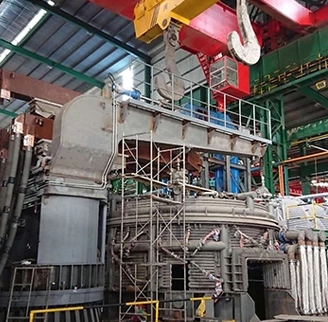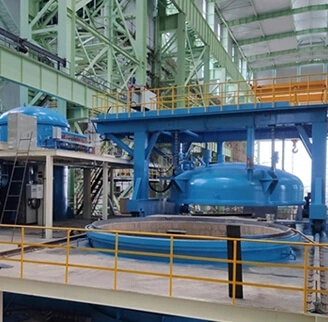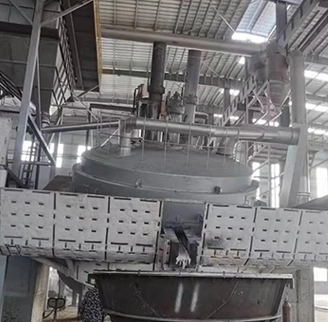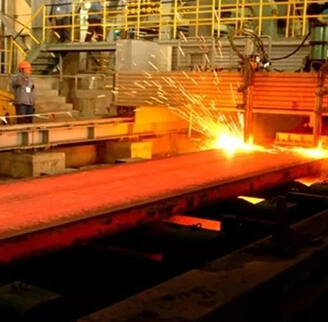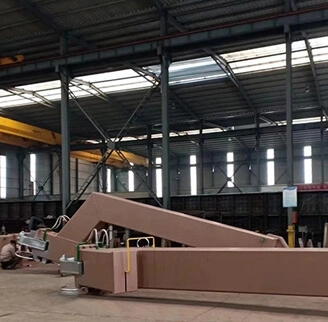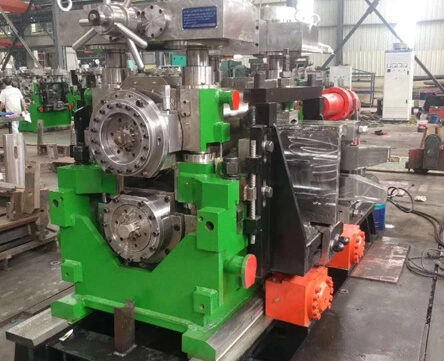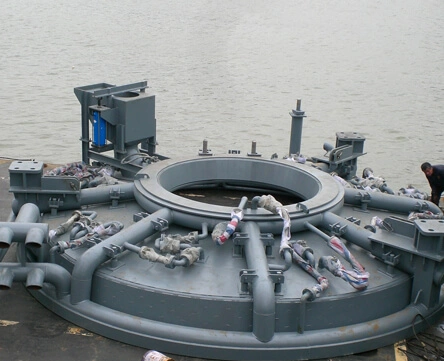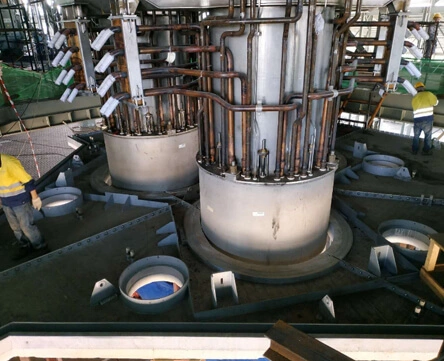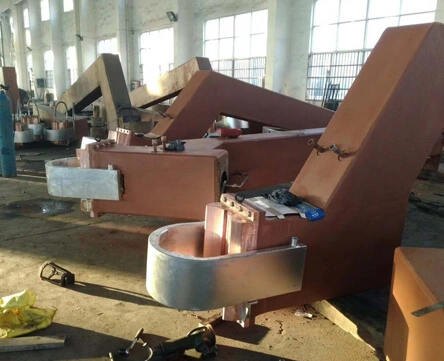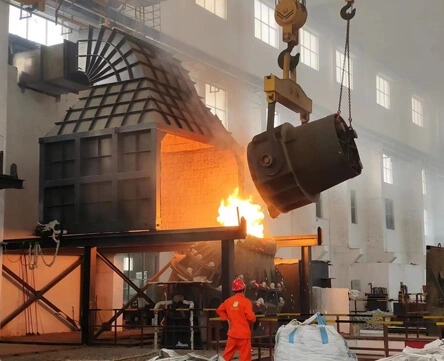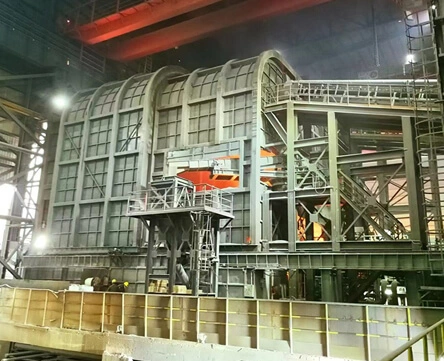In the realm of metallurgical processes, the submerged arc furnace stands as a stalwart player, orchestrating the transformation of raw materials into molten metal with precision and efficiency. To comprehend the intricate dance of heat, electricity, and raw materials within a submerged arc furnace, it's essential to decode the working principles that drive this industrial marvel.
The Core Components: Where Heat and Electricity Converge
Electrical Arcs in Submersion:At the heart of the submerged arc furnace's working principle lies the concept of electrical arcs. These arcs are initiated between a consumable electrode and the raw materials, creating an intense heat zone. In the submerged arc furnace including silicon metal furnace, the arc is 'submerged' beneath a layer of solid material, typically a mix of ore, flux, and reducing agents. This submerged configuration serves multiple purposes, including containing the radiant heat generated during the process and providing an environment conducive to efficient metal extraction.
Consumable Electrodes: The Catalysts of Transformation:The consumable electrode, often made of carbon or other conductive materials, plays a pivotal role in the process. As the electrode tip approaches the surface of the raw materials, the intense heat generated by the electrical arc initiates a series of reactions, beginning with the melting of the electrode itself. This molten electrode material then drips down onto the raw materials, catalyzing further reactions and initiating the process of metal production.
Material Transformation: From Solid to Liquid
Chemical Reactions Unveiled:As the consumable electrode material drips onto the submerged raw materials, a cascade of chemical reactions ensues. These reactions are highly orchestrated, involving the reduction of metal oxides, the formation of slag, and the extraction of molten metal. The heat generated by the electrical arcs facilitates these transformations, turning solid raw materials into a complex mixture of molten metal and slag.
Efficient Metal Extraction:The submerged arc furnace excels in its efficiency in extracting metal from raw materials. The submerged configuration of the arc ensures that the intense heat is concentrated precisely where it is needed, optimizing the reduction reactions and promoting the efficient extraction of metal from its ores. This efficiency is a key factor in the widespread use of submerged arc furnaces in the production of various metals, including ferroalloys and base metals.
Controlling the Furnace Dynamics: Fluxes and Refractories
The Role of Fluxes:Fluxes, added to the raw materials in the submerged arc furnace, serve multiple purposes. One crucial function is to facilitate the separation of impurities from the molten metal. Fluxes react with non-metallic elements, forming a slag that can be easily removed from the molten metal. This not only purifies the metal but also protects the furnace lining from excessive wear and tear.
Refractories: Shielding the Furnace Interior:The interior lining of a submerged arc furnace for ferrochrome production is subjected to extreme temperatures and corrosive conditions. To withstand these challenges, refractory materials are employed to line the furnace walls. These refractories act as a protective shield, preventing the intense heat and corrosive substances generated during the process from compromising the structural integrity of the furnace.
In conclusion, the working principle of a submerged arc furnace is an intricate alchemy of heat, electricity, and chemical reactions. From the initiation of electrical arcs to the transformation of solid raw materials into molten metal and slag, each step is carefully orchestrated to ensure efficiency and precision in the production process. Fluxes and refractories play essential roles in controlling the furnace dynamics and maintaining the longevity of the equipment.
Decoding the submerged arc furnace working principle unveils the brilliance behind the scenes of metal production. As industries continue to rely on these furnaces for their metallurgical needs, understanding the intricate dance within these industrial giants becomes key to harnessing their full potential in the realm of metal alchemy.
 back homepage
back homepage
 EN
EN
 fr
fr  ar
ar  fa
fa 